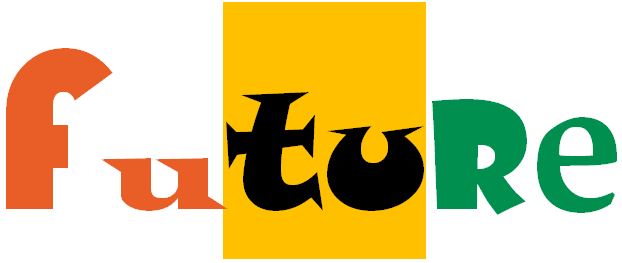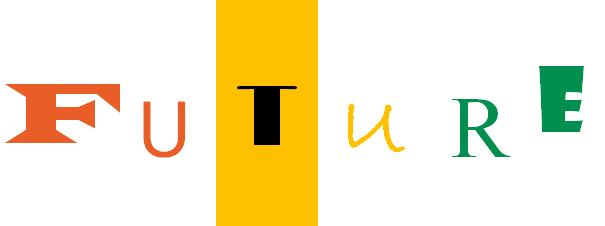Few people think through their New Year resolutions in advance. That’s perhaps the reason to why they typically don’t last longer than the first week of February.

Making industry predictions for an upcoming year is of course something totally different. It’s hard work and no champagne. Fine analysts use twelve months to gather and refine the best ideas and to substantiate these with tons of data points – just to give it all for free to the world. It’s charity at its best.
We chip in, of course.
Our predictions of what will happen in 2019: Continue reading This is what will happen in 2019 →
Our nine predictions for 2016 were designed to be measurable. The outcome wasn’t bad. Consequently, inspired by Apple’s self-proclaimed ‘courage’ to remove the headphone jack on the then-new iPhone 7, we upped our game when publishing our eight (courageous) predictions for 2017.

We didn’t think it would play out as well as it did. We predicted that Verizon would dump bucket plans and go all-in on unlimited. It happened. Verizon doesn’t call its unlimited plan “Kick the bucket”, but still. We predicted that the “control & zero-rate content” bundle would fail in the light of unlimited and the clouds have never been darker for AT&T with regards to its thirteen-months-have-elapsed-but-yet-to-be-approved attempt to take control over Time Warner. We also predicted that BT and Deutsche Telekom would eat crow and admit that their copper-embracing access strategy wasn’t future-proof just to realise that they now need to speed up to meet the demand for FTTH – or be run over by competition.
We weren’t right on everything – Vodafone didn’t pause 5G plans to focus on unlicensed spectrum; the company just asked the industry to sober up – but we are nevertheless so encouraged that we for 2018 present seven undaunted predictions:
Continue reading Seven undaunted predictions for 2018 →
When we in the end of December 2015 made nine predictions for 2016, our intention was that they should be measurable.
This is the moment of truth. With all reported operator data at hand, we can now close the loop on 2016.
 Prediction 1 – mobile data usage of 10 GB per month
Prediction 1 – mobile data usage of 10 GB per month
At least one mobile operator will reach an average mobile data consumption of 10 GB per any SIM and month in 2016
It happened. The Finnish operator DNA carried a total of 345 petabyte of mobile data in 2016. If this traffic is averaged out over DNA’s average number of SIMs, it becomes 10.7 GB per SIM and month in 2016. Continue reading Closing the loop on our predictions for 2016 →
Our nine predictions for 2016 were designed to be measurable. The outcome doesn’t look bad at all – we project that 7 (or 7 and a half) will be fulfilled – but we need to wait for the fourth quarter reports to give you the final outcome. ETA February.
For 2017, we thought we’d make our predictions more courageous. We think 2017 will be the year when the telecoms industry finally becomes customer oriented and customer friendly having realised that greed and fine print make a bad foundation for business – but that customers who are given attention and choice reward you with their loyalty – and then are surprisingly willing to pay.
Prediction 1: Unlimited mobile data to everyone who pays
Every mobile operator will offer unlimited mobile data in 2017
Continue reading Eight (courageous) predictions for 2017 →
Prediction 1 – mobile data usage of 10 GB per month
At least one mobile operator will reach an average mobile data consumption of 10 GB per any SIM and month in 2016
 We think this operator is Finnish and that Elisa and DNA both have a chance to snatch this world first. Finland is already having the highest mobile data usage in the world and the current usage level will not even have to double as in 2015 to reach 10 GB in 2016. Continue reading Nine predictions for 2016 – which can be measured →
We think this operator is Finnish and that Elisa and DNA both have a chance to snatch this world first. Finland is already having the highest mobile data usage in the world and the current usage level will not even have to double as in 2015 to reach 10 GB in 2016. Continue reading Nine predictions for 2016 – which can be measured →
Measure, compare and improve competitiveness in telecoms


